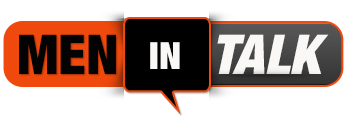The Four Freedoms of Free Program
A free software is an item of computer code that can be used with no restriction simply by the original users or perhaps by anybody else. This can be done by copying the program or adjusting it, and sharing that in various techniques.
The software independence movement was started in the 1980s by Richard Stallman, who was concerned that proprietary (nonfree) software constituted a form of oppression for its users and a violation with their moral privileges. He created a set of 4 freedoms designed for software for being considered free:
1 . The freedom to change the software.
This can be the most basic of the freedoms, and it is the one that makes a free software useful to its users. It is also the freedom that allows a grouping of users to talk about their modified adaptation with each other plus the community at large.
2 . The freedom to study the program and discover how it works, in order to make changes to it to adjust to their own functions.
This independence is the one that the majority of people think of when they hear the word “free”. It is the independence to tinker with the program, so that it really does what you want that to do or perhaps stop undertaking a thing you don’t like.
several. The freedom to distribute replications of your customized versions in front of large audiences, so that the community at large can usually benefit from your advancements.
This independence is the most important in the freedoms, in fact it is the freedom which enables a free plan useful to its original users and to someone else. It is the independence that allows several users (or Website specific companies) to produce true value added versions of your software, that may serve the needs of a particular subset for the community.


